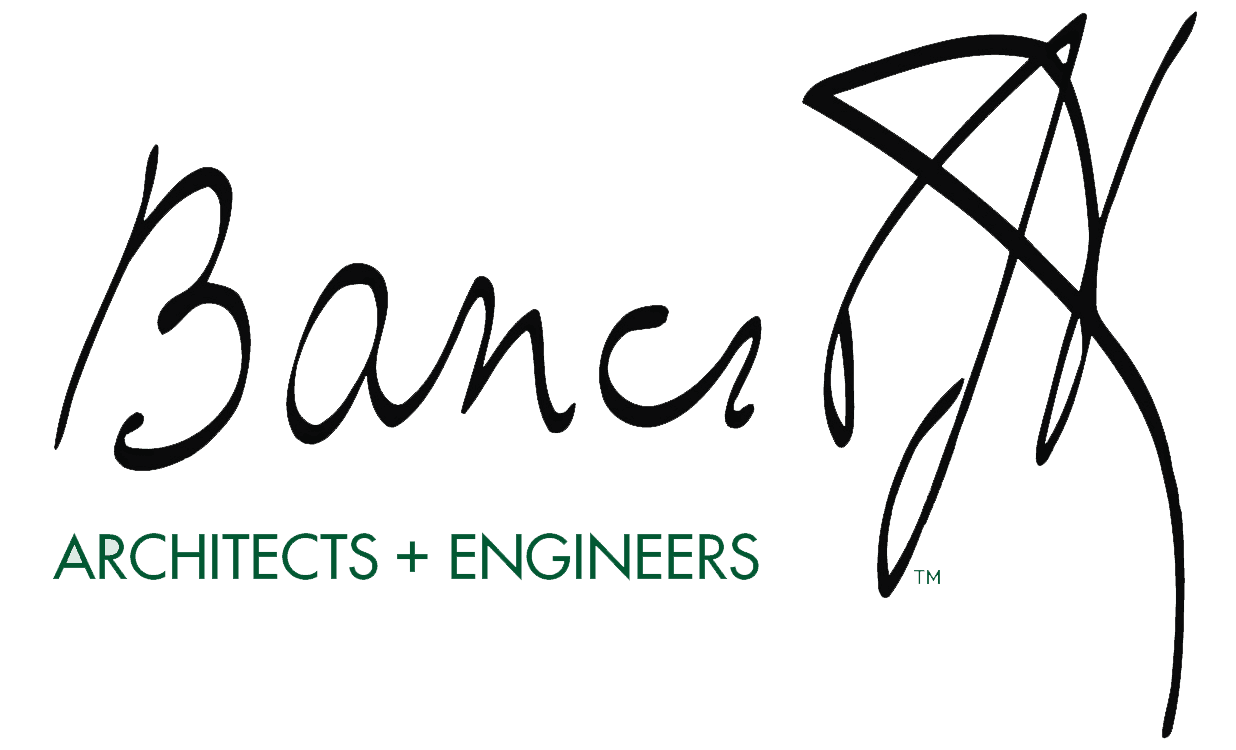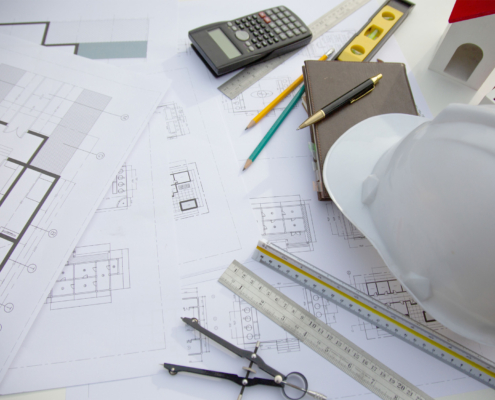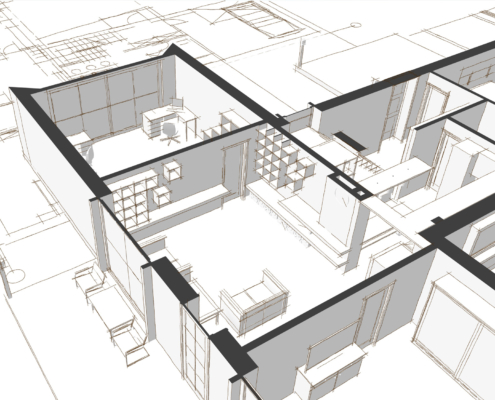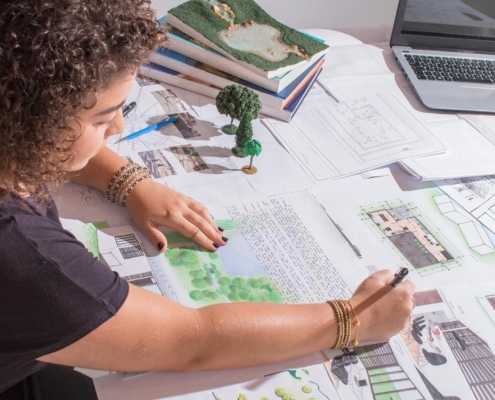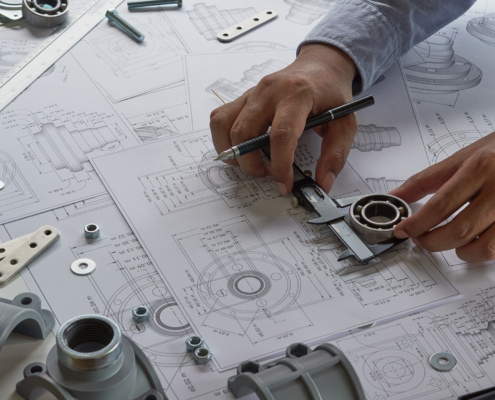Building Information Modeling (BIM) facilitates collaboration between architectural and engineering services. BIM is a process that enables professionals across various disciplines to work together effectively. BIM creates and manages digital representations of the physical and functional characteristics of places, which individuals can use at all stages of the project lifecycle, from conception to construction and through to facility management.
BIM allows for better decision-making. With BIM, teams can visualize projects in a shared space, assess different scenarios, and make informed decisions before breaking ground. This leads to a significant reduction in errors and rework, saving time and resources.
The shared access to a highly detailed digital representation of a project ensures that stakeholders, regardless of location, can review and update the project in real time.
The outcomes include:
- Enhanced accuracy in documentation
- Streamlined workflows and project timelines
- Improved communication and collaboration, potentially reducing project disputes
- Sustainable and cost-efficient building methods sparked by informed planning
